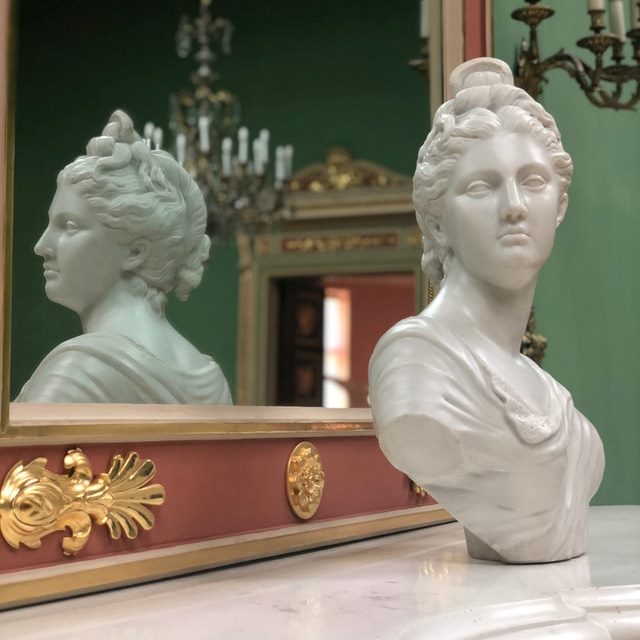Packing sculpture needs care since they are sensitive and prone to damage just like other forms of fine art you may package in fine art crating and boxes. In this post, we shall share valuable and practical tips that will help you not just to package your sculptures, but to do so safely.
Determine Its Size
Before packing, you should establish the size of the artwork. This way, you will be in a better position to know the exact size of the fine art crating container you need to pack it. Also, it will help you to decide whether you will need to disassemble it or pack it the way it is.
Think About Protection
When packing smaller sculptures for transportation, make sure you use corrugated cartons since they will offer it more protection. Also, ensure it has more corrugated layers to give it greater protection.
Get Your Tools in Place
The safety of your packing process depends on how well and successfully you pack it. Therefore, get all the tools you need to pack the artwork safely for the shipping process ahead. For instance, you should have your bubble wrappers, tape, an appropriate box, and packing peanuts. This way, you can rest assured of excellent results from your packaging process.
Fill the Empty Space
Once you have packed your sculpture in its proper fine art crating, you should now focus on how the artwork will hold in the box as it moves to its desired destination. You should fill at least one-third of the empty space in the packing box with packing peanuts to ensure the artwork does not move and incur damage during transit.
Protect Against Temperature Changes
When packing your sculpture, the factor is the possibility of temperatures changing along the way. During transit, the sculpture may generate water drops on the surface owing to drastic temperature changes. You should be wary of such occurrence since it can damage the surface of the sculpture, especially, if it is metal. To avoid this, you can place a drying agent in the box to absorb the water generated by the changes in temperatures. You should remember to place it at the right place—container walls—where the water gathers.
With these safety packaging tips at your fingertips, you can be sure your sculpture will arrive safely. We hope you apply them next time you ship your sculptures.
